1. Define challenges
Finding a more sustainable source of energy
Our lives are shaped by energy and light. Getting enough of it to cook food, to read or work after dark, and to walk around safely are all daily concerns for refugees living in Dollo Ado, Ethiopia. In fact, residents here have struggled to get enough light and fuel for decades.
In this overburdened landscape, scarce natural resources have already been a source of tension between refugees and the host community: trees that would provide firewood for fuel are scant to begin with and dwindling still.
Even the government of Ethiopia has been pressing UNHCR to find an energy solution that would steer camp residents away from precious—and contentious—firewood and toward a more efficient and abundant source.
But the answers were not so easy. Commercially available lighting solutions are often too expensive to be installed throughout a refugee camp. The solar lanterns already distributed to households could not be repaired inside Dollo Ado.
Importing shipments of commercial products would be a short-term answer with no additional benefit to the local economy. And UNHCR did not want to implement a solution that would require heavy-handed upkeep and support from the humanitarian sector.
It needed a solution that called on refugees’ own skills and capacities so that they could help their community while enhancing their own self-reliance.
2. Identify solutions
Community-manufactured lighting as a means of livelihoods
UNHCR’s Energy Lab set out to look for alternatives. More than 15 visits to Dollo Ado’s five camps gave the team a chance to conduct focus groups, informal community discussions and more than 40 interviews to understand—from the refugees’ and host community’s point of view—their energy challenges and ideas.
These conversations all yielded remarkably similar remarks.
Access to light was limited and in high demand, especially in households. Refugees wanted the flexibility to power not just lights but other devices that could help them build their livelihoods. And they wanted to maintain the low-intensity community lighting that made the camp feel more secure and made work and education opportunities possible at night.
The Energy Lab knew that this kind of lighting often costs up to $1,500 to buy and that thousands of lights would be required. But they had an idea.
By producing the lights inside the camp, large numbers of them could be made for a fraction of the cost while also providing a livelihood option for refugees.
Though low-wattage, when installed correctly these lights could bring a street out of darkness. Combined with commercially produced lights, they could contribute to brighter lighting in targeted areas.

3. Test solutions
A plastic water bottles becomes a 55-watt solar bulb
The Energy Lab believed that producing affordable and effective solar powered lights within Dollo Ado was possible and partnered with Liter of Light, a Philippines-based initiative under the MyShelter Foundation that is passionate about bringing green technology to people who can’t traditionally afford it.
Liter of Light had developed a very smart approach to community-manufactured lighting.
The technology was simple. Liter of Light had developed a way to put an LED, a small electric circuit with a light sensor, battery pack and solar panel inside a clear plastic drinking bottle full of water, which acts as a light diffuser. Then the bottle is sealed with simple sealant and stuck through a hole cut out of the corrugated iron of a shelter roof.
The result: A 55-watt solar bulb that refracts sunlight and can light a home during the day and nighttime.
The lights are environmentally friendly, inexpensive and easy to make: two complete units can be produced in one hour, generally at less than $10 each.
Thanks to recent training by the Norwegian Refugee Council, Dollo Ado had a readily available network of carpenters, electricians, mechanics, and others in the camp who could lend their skills to putting these lights into action. By using them, we harnessed the skills of those living within the refugee community, and ensured that initial production was as effective and efficient as possible.
4. Refine solutions
A funding model for the future?
In the initial pilot, the Energy Lab trained 11 refugees and members of the host community to produce and install the lights. The Lab recognized that in the future, a market for lighting would ideally mean that the community would mobilize itself to pay for its own lighting.
The Lab is now considering the option of providing small grants to those interested in manufacturing the lights, to be repaid after a certain number of successful installations. The Lab will also look into funding structures to ensure that refugees who spend time working on the lights are reimbursed.

5. Scale solutions
Towards a more sustainable manufacturing and supply chain
In the pilot phase of the Liter of Light project, the Energy Lab procured a set number of light manufacture kits. However, after a successful initial phase, the Lab hopes to move towards a more sustainable and, ideally, locally-driven supply chain that can supply producers with supplies as they require them to maintain a constant production line.
By including local business owners and the private sector, the Energy Lab hopes they can be linked with the camp-based manufacturing operation.
Liter of Light plans on supporting UNHCR’s Energy & Environment Unit to develop a business model approach to the manufacture and distribution of solar lights in refugee contexts, and on working with UNHCR to develop other community-based interventions.
In the coming year, a training of trainers program jointly run by UNHCR’s Energy & Environment Unit and Liter of Light will show successful light producers in Dollo Ado who demonstrated commitment to the program how to pass their skills on to others in the community.
The process will create a cascading effect of skills surrounding light production, as the knowledge of how to make these units spreads to other groups. And once the light-manufacturing scheme is fully established, technical training programs will specifically involve women’s groups, youth groups, refugees without other skills and those with the lowest economic status.
In this way, making lights will help move the most vulnerable refugees towards improved self reliance and personal empowerment, lighting the way to their own future success.





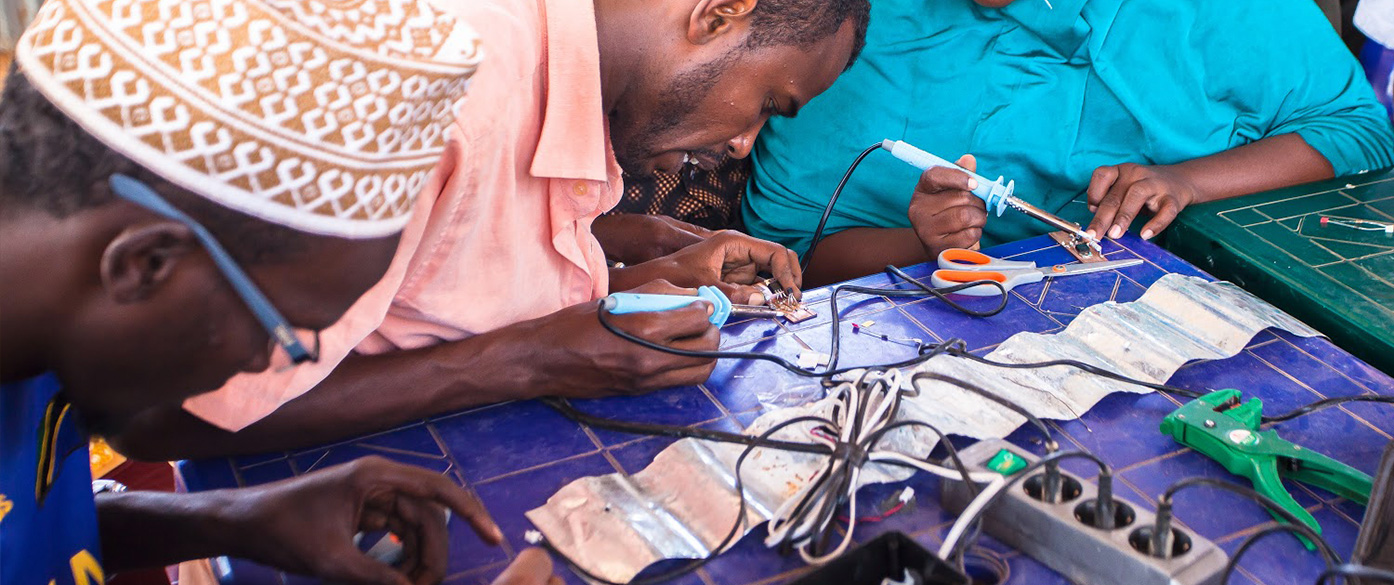
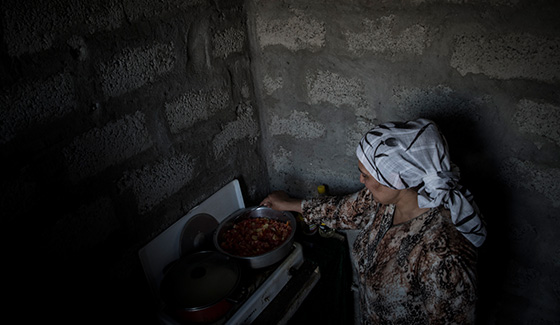
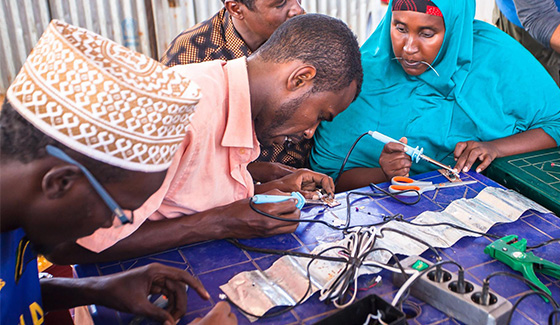
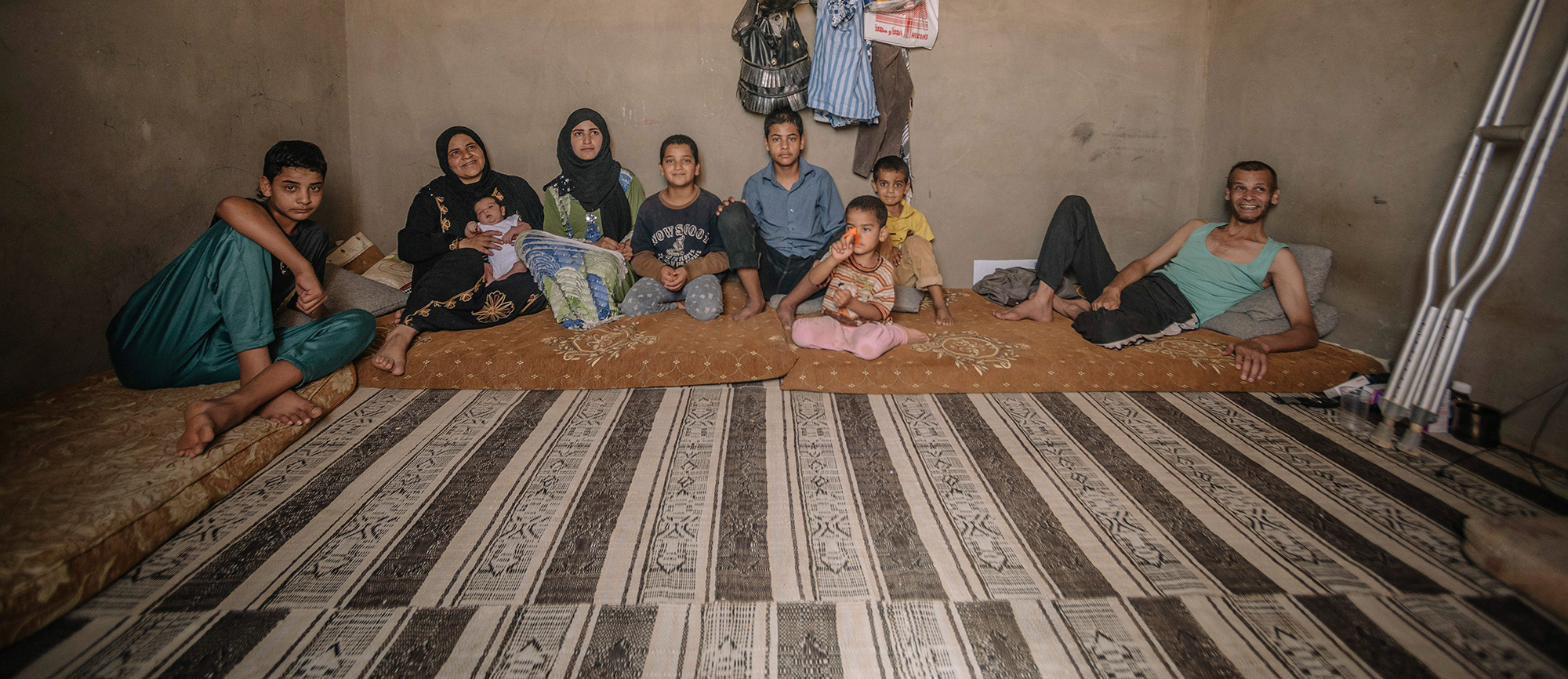
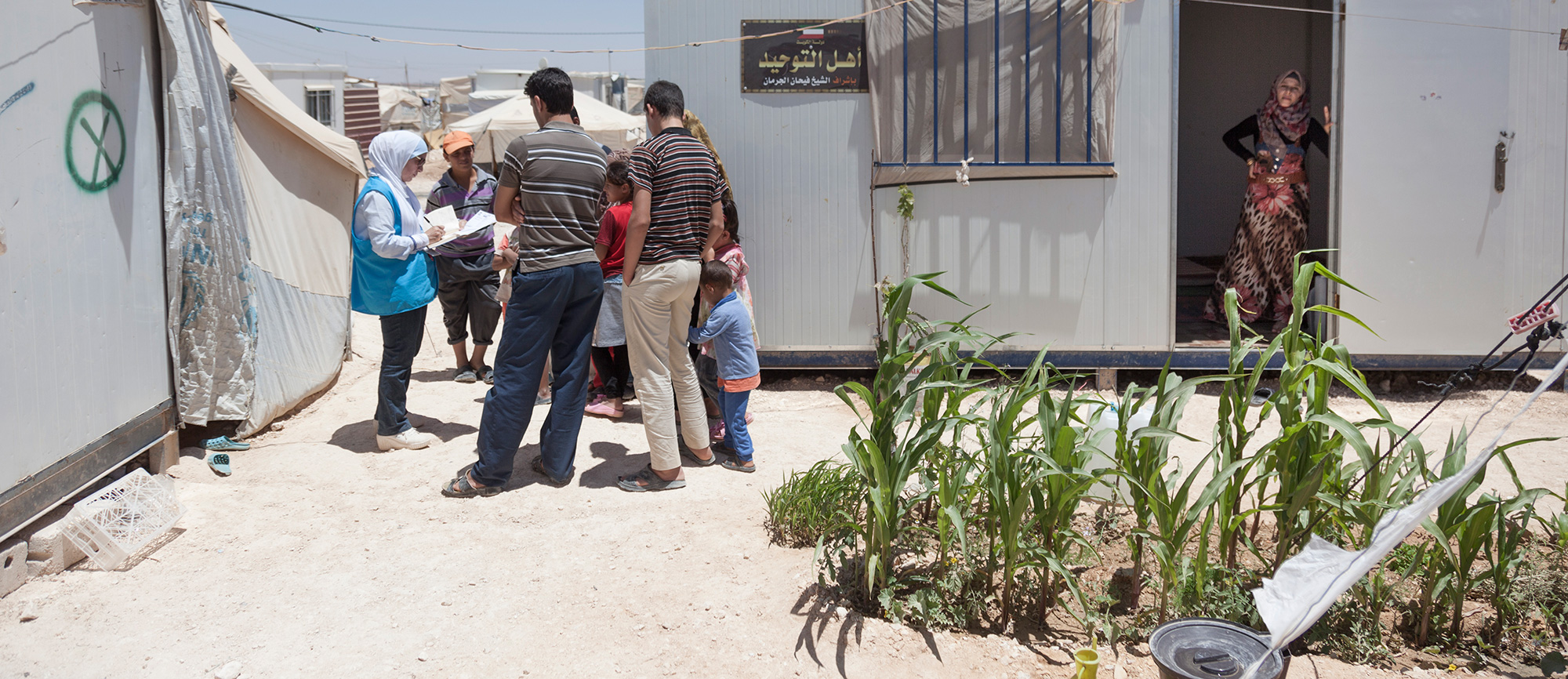
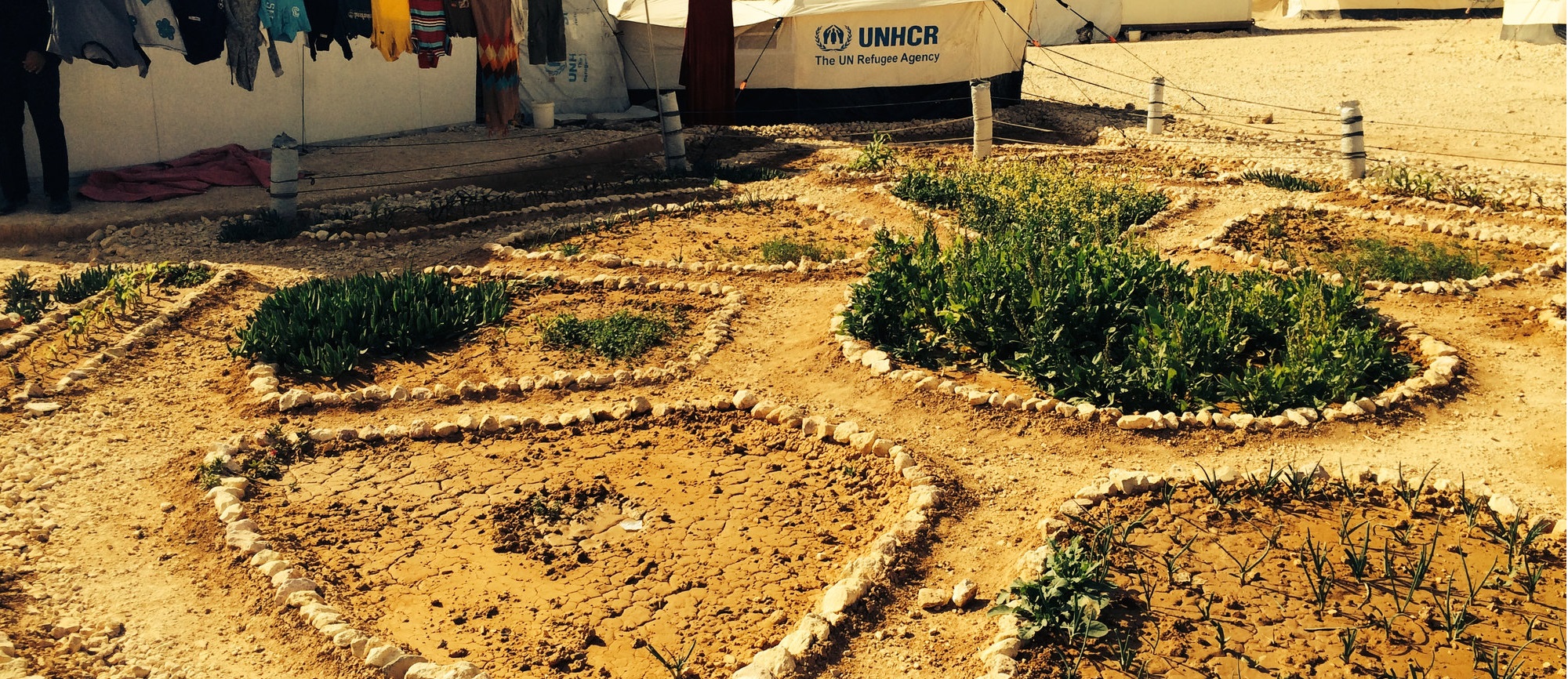
Pingback: This NGO is Illuminating the World with Solar()
Pingback: Plastic water bottle becomes solar bulb - Innovation Studio RInnovation Studio R()